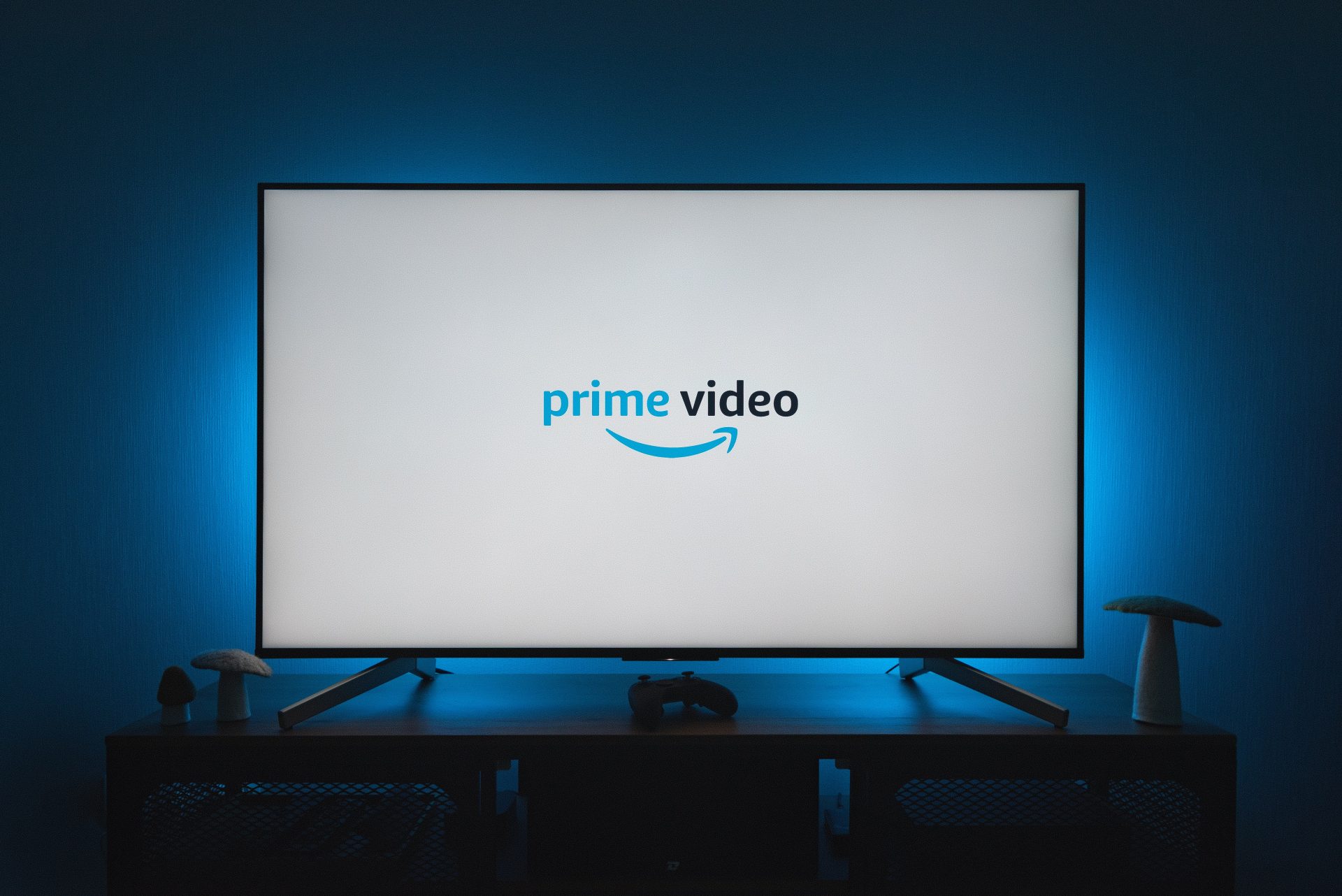In a recent announcement, Amazon revealed its plans to incorporate ads into movies and TV shows streamed from its Prime Video service, starting January 29th. This move is aimed at allowing the company to continue investing in compelling content and increase its investment over time. However, it has sparked mixed reactions among Prime subscribers. In this article, we will delve into the details of this development, discussing its impact on users and the streaming industry as a whole.
The Evolution of Amazon Prime Video
Amazon Prime Video, a popular streaming service, has been a go-to platform for millions of subscribers worldwide. Initially launched as an ad-free streaming service, it quickly gained popularity for its vast library of movies, TV shows, and exclusive original content. However, the streaming landscape has evolved significantly, with competitors raising subscription rates and introducing ads to generate revenue. Amazon, too, has decided to embrace this change, albeit with a few caveats.
The Introduction of Ads
Starting January 29th, Amazon Prime Video will begin incorporating ads into its content. In an email to customers, the company explained that this move would allow them to continue investing in compelling content while increasing their investment over time. They assured subscribers that the number of ads would be meaningfully fewer than what is typically seen on linear TV and other streaming TV providers. Additionally, the price of Prime membership will remain unchanged, ensuring no additional burden on customers’ wallets.
The Option for Ad-Free Streaming
While the introduction of ads is inevitable, Amazon understands that some subscribers prefer an ad-free experience. To accommodate this preference, customers will have the option to pay an additional $2.99 per month to continue enjoying ad-free streaming. This move aims to strike a balance between generating revenue through advertisements and catering to the needs of subscribers who prefer uninterrupted viewing.
The Impact on Subscribers
The news of Amazon Prime Video introducing ads has generated mixed reactions among subscribers. Some users expressed frustration, as they initially subscribed to Prime Video for its ad-free experience. The addition of ads may be seen as a departure from the service’s original value proposition. However, it’s important to note that the company has taken steps to ensure that the number of ads remains significantly lower than what is typically seen on linear TV and other streaming platforms.
Pricing Changes
Another concern raised by subscribers is the potential impact on pricing. Amazon Prime currently costs $14.99 per month or $139 annually, with Prime Video available as a standalone subscription for $8.99 per month. If customers choose to opt for ad-free streaming, their Prime membership will cost just under $18 per month, while standalone Prime Video will cost just under $12 per month. These price increases reflect the additional value of an ad-free experience.
Freevee: A Free, Ad-Supported Alternative
In addition to Prime Video, Amazon also operates Freevee, a free, ad-sponsored streaming service. The company’s email to customers clarified that content offered through Freevee and live event coverage, such as sports, will continue to include advertising. This move allows Amazon to cater to a wider audience, offering a free alternative for those who are willing to tolerate ads in exchange for access to a vast library of content.
The Streaming Industry Landscape
Amazon’s decision to introduce ads reflects the changing dynamics of the streaming industry as a whole. Competing streaming services have been raising subscription rates to counter the rising costs of producing high-quality content. This move by Amazon can be seen as a strategic response to remain competitive in a rapidly evolving market.
Balancing Revenue and Viewer Experience
Streaming services rely on a delicate balance between generating revenue and providing an enjoyable viewing experience for subscribers. With the costs of content production skyrocketing, it has become increasingly challenging for platforms to sustain themselves solely through subscription fees. The introduction of ads allows streaming services to diversify their revenue streams while minimizing the impact on the viewer experience.
The Future of Streaming: Ad-Supported vs. Ad-Free
The introduction of ads on Amazon Prime Video raises questions about the future of streaming services. Will more platforms follow suit and introduce ads to sustain their businesses? Or will there continue to be a demand for ad-free experiences? The answer may lie in finding the right balance between generating revenue and meeting the preferences of viewers. Ultimately, the success of ad-supported streaming services will depend on the tolerance of subscribers for ads and the value they perceive in the content they consume.
See first source: The Verge
FAQ
1. What is the recent announcement regarding Amazon Prime Video and ads?
Amazon Prime Video has announced plans to incorporate ads into its movies and TV shows, starting on January 29th. This decision aims to support investments in content while offering a more affordable streaming experience.
2. Why is Amazon Prime Video introducing ads?
Amazon is introducing ads to generate revenue for content investments while keeping the price of Prime membership unchanged. This move allows them to continue providing compelling content to subscribers.
3. How will the introduction of ads affect Amazon Prime Video subscribers?
The introduction of ads has generated mixed reactions among subscribers. While some are frustrated, Amazon has assured that the number of ads will be significantly fewer than what is typically seen on linear TV and other streaming platforms.
4. Is there an option for an ad-free streaming experience on Amazon Prime Video?
Yes, Amazon Prime Video will offer an option for ad-free streaming for an additional $2.99 per month. This choice allows subscribers to enjoy uninterrupted viewing.
5. What impact will this have on pricing for Amazon Prime and Prime Video subscribers?
For those who choose the ad-free option, Prime membership will cost just under $18 per month, and standalone Prime Video will cost just under $12 per month. These price increases reflect the added value of an ad-free experience.
6. Does Amazon have a free, ad-supported streaming alternative?
Yes, Amazon operates Freevee, a free, ad-supported streaming service. Content on Freevee and live event coverage will continue to include advertising, providing a free alternative for viewers.
7. How does this decision by Amazon reflect the streaming industry landscape?
Amazon’s decision aligns with the evolving streaming industry, where rising content production costs have led to subscription rate increases. Introducing ads helps streaming platforms diversify revenue streams while maintaining viewer experience.
8. What does the future hold for streaming services regarding ad-supported and ad-free options?
The future of streaming may involve finding the right balance between generating revenue through ads and meeting viewer preferences for ad-free experiences. Success in ad-supported streaming will depend on subscriber tolerance for ads and perceived content value.
Featured Image Credit: Photo by Thibault Penin; Unsplash – Thank you!









